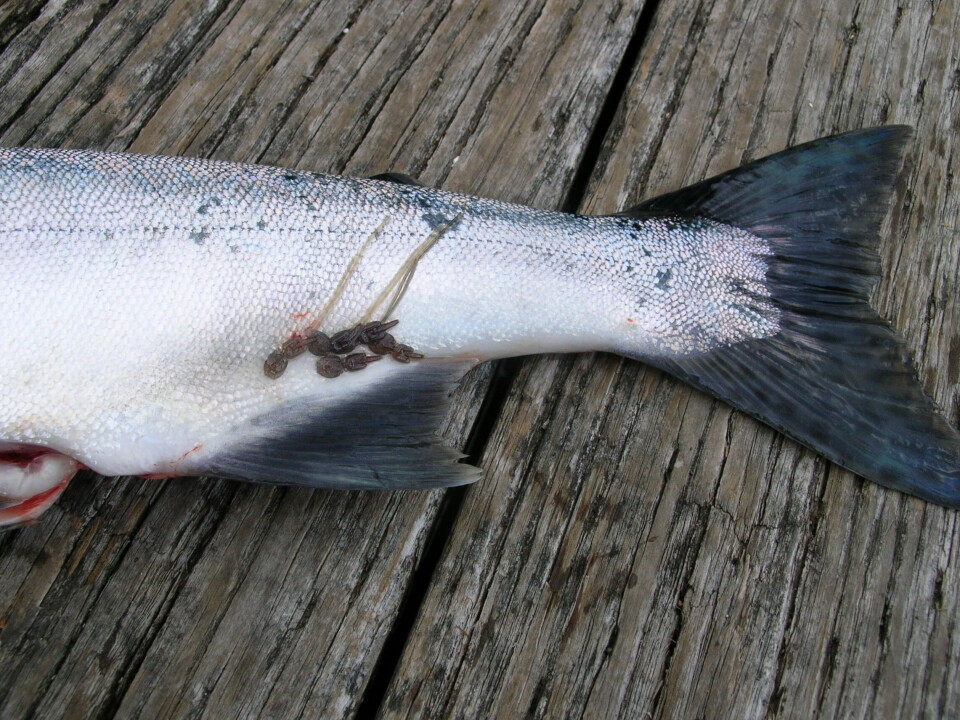
New treatment for sea lice approved in B.C.
While sea lice (Lepeophtheirus salmonis or Caligus sp.) has never represented the serious fish health problem to farmed (or wild) salmon as seen in other jurisdiction, farmers in British Columbia have until recently essentially had only one therapeutic treatment available to deal with the parasites. And contrary to the insistence by the environmental movement that sea lice from farms in B.C. has been harmful to wild salmon stocks, most of the treatments for sea lice on farmed salmon are not triggered by the concern for the well-being of the fish themselves but rather by the regulatory regime that calls for the removal of lice as soon as average numbers approach about a quarter of the lice routinely found on in-migrating wild pink salmon (Nagasawa et al. 1987).
And while there has been no reported incident of resistance in lice to the previously approved and used treatment using Emamectin benzoate as the active ingredient in SLICETM such as has been seen in other salmon farming regions, fish farmers in B.C. are happy to have an alternative method available. Marine Harvest Canada issued the following statement late last week:
Marine Harvest Canada has received Ministry of Environment approval for a new sea lice management option for farm-raised salmon. Hydrogen peroxide (Brand name Interox™ Paramove 50™) will enable the company to continue to effectively manage sea lice and reduce its use of the drug emamectin benzoate (Brand name SLICE™) - the only effective treatment previously available to BC salmon farmers. "Our current use of SLICE™ is minimal and has been very successful," says Clare Backman, Marine Harvest Canada's Director of Sustainable Programs. "However, strict 3rd party salmon certification standards that Marine Harvest has achieved presses for continued reduction of SLICE over time, so we are pleased to have another option for sea lice management."
Paramove 50™ has been used successfully in other salmon farming jurisdictions, and is applied topically as a bath to remove small external fish parasites attached to the salmon. After treatment, the solution rapidly breaks down into natural compounds: water and oxygen.
British Columbia salmon farmers are recognized for successful management of sea lice on their cultured salmon (Rogers et al, 2013) and for many years had requested additional treatment options to ensure this success continues. The Ministry of Environment has authorized use of the product until December, 2016, during which time continued monitoring and reporting will be required by the company.






















































